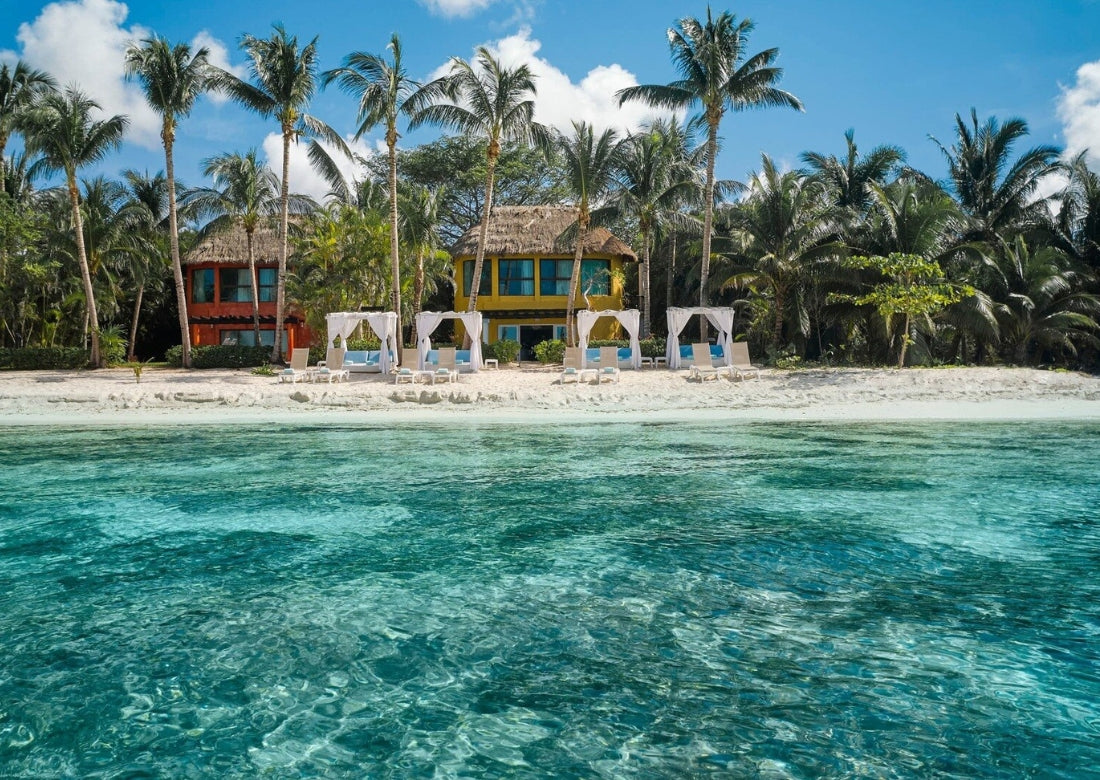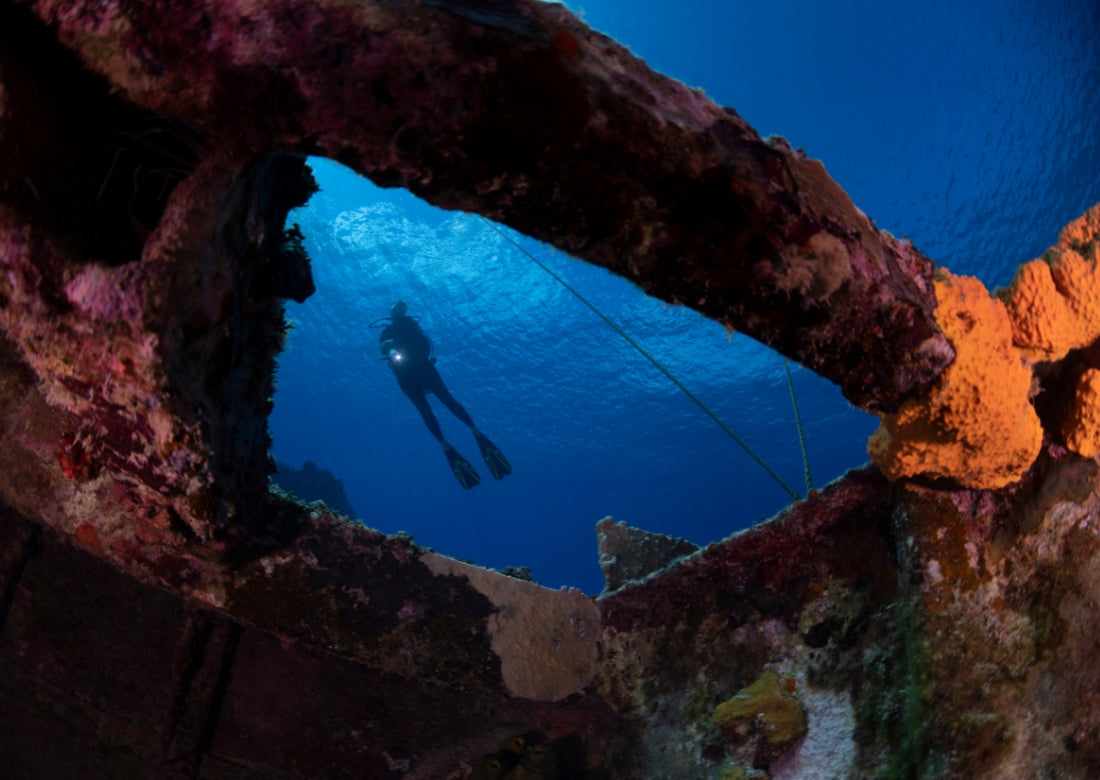Dive Travel: Belize
Today we're going to look at Belize which is located on the Caribbean coast of Central America between Mexico’s Yucatán Peninsula to the north and by Guatemala to the west and south.
The country is rather small in size as it consists of approximately 9,000 square miles including its islands and a population of 230,000 people. Belize has inland mountain ranges with peaks over 3,600 feet, dense tropical jungles, a coastline of mangrove swamps, and 266 square miles of offshore coral islands. The 185-mile long barrier reef parallels the shore from10 to 30 miles out, with prime diving locations around the out islands. Belize is a preserve for the largest barrier reef in the western hemisphere, second only to the Great Barrier Reef in Australia.
Ambergris Cay is the heart of Belize’s dive tourism, the largest of the out islands, and a bustling resort and fishing community. Not far off the coast of San Pedro is the Hol Chan Marine Preserve, the northernmost point of the Barrier Reef. The dive sites are so near the shore that diving is just a matter of suiting-up. The only exceptions to the rule are the day-long Blue Hole and Half Moon Caye trips that several local dive shops operate.
The Blue Hole, Belize’s most famous dive spot, is a fantastic sinkhole near the center of Lighthouse Reef. The Blue Hole is best seen from the air where you can see the almost perfect circle, 1000 feet in diameter, changing from the cobalt blue of the Caribbean to a deep azure blue circle then to a deep indigo blue in the center of the circle. At 140 feet you reach an awesome underwater “cathedral” with alcoves, archways and columns. The cathedral is a huge submerged cave with stalactites that are 12 feet wide suspended 20 to 60 feet from the cavern ceiling.
Average water temperature is 74-84 degrees. Water visibility often exceeds 100’ and is the clearest outside the barrier reefs.




